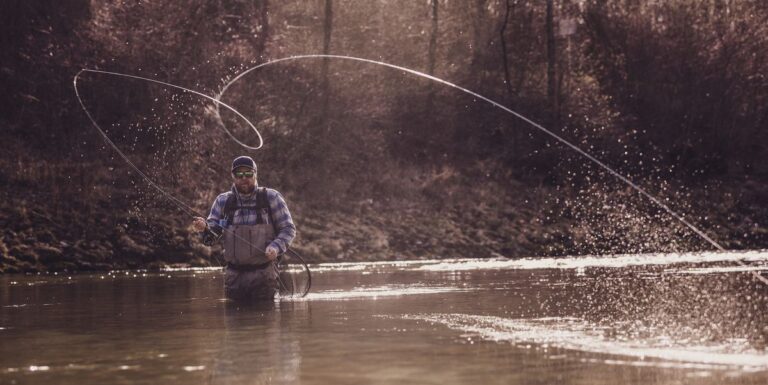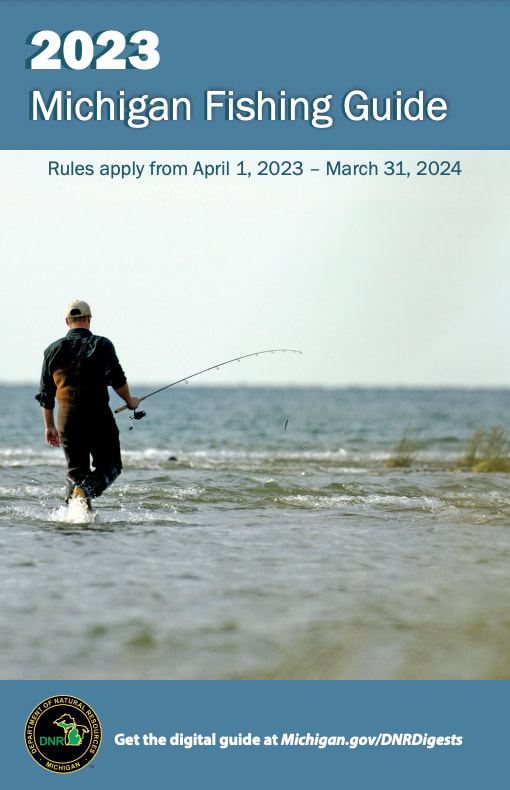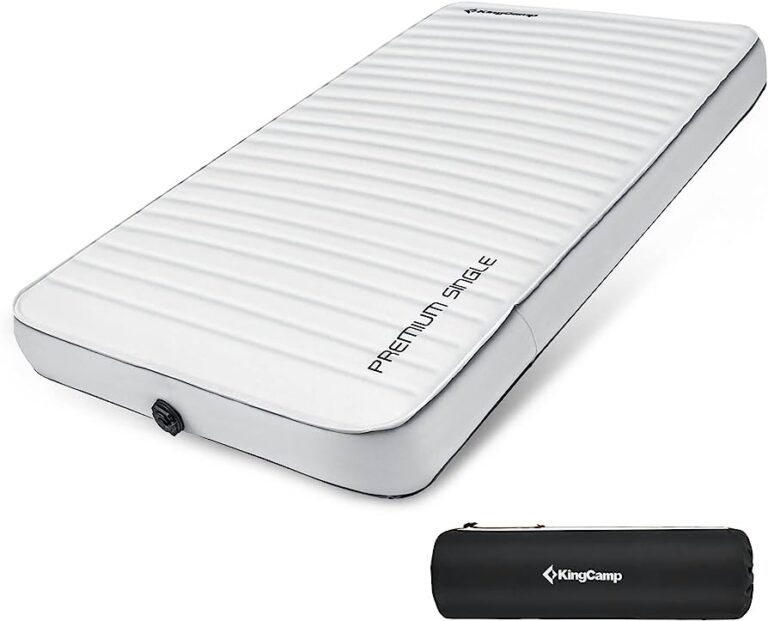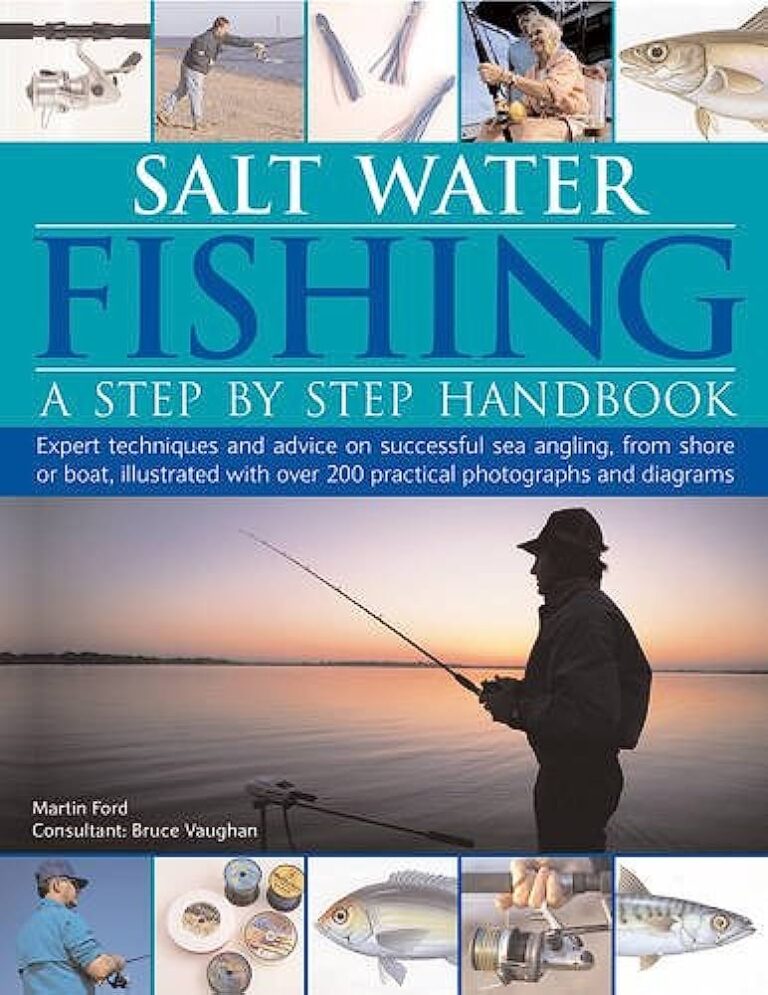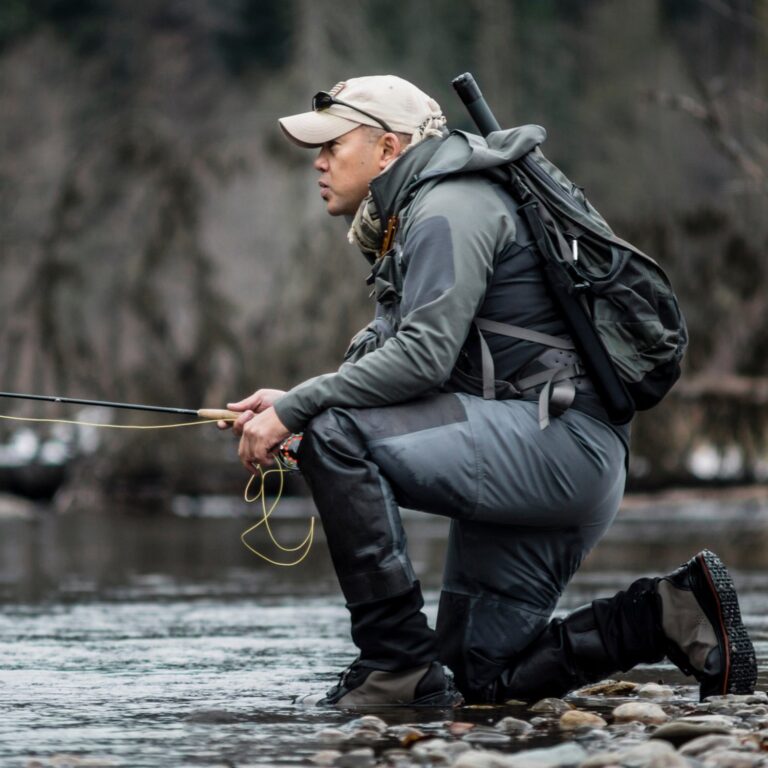To improve fly casting techniques, beginners must focus on body positioning and hand placement. This guide will cover the basics of fly casting and offer tips for success.
Fly casting can seem daunting to beginners, but mastering the technique is essential for successful fly fishing. The perfect cast requires proper body positioning and hand placement, as well as timing and momentum. This article will provide a beginner’s guide to fly casting techniques, covering everything from equipment and terminology to casting exercises and common mistakes to avoid.
Whether you’re a first-timer or an angler looking to refine your skills, this guide will provide valuable insights and tips for mastering the art of fly casting.
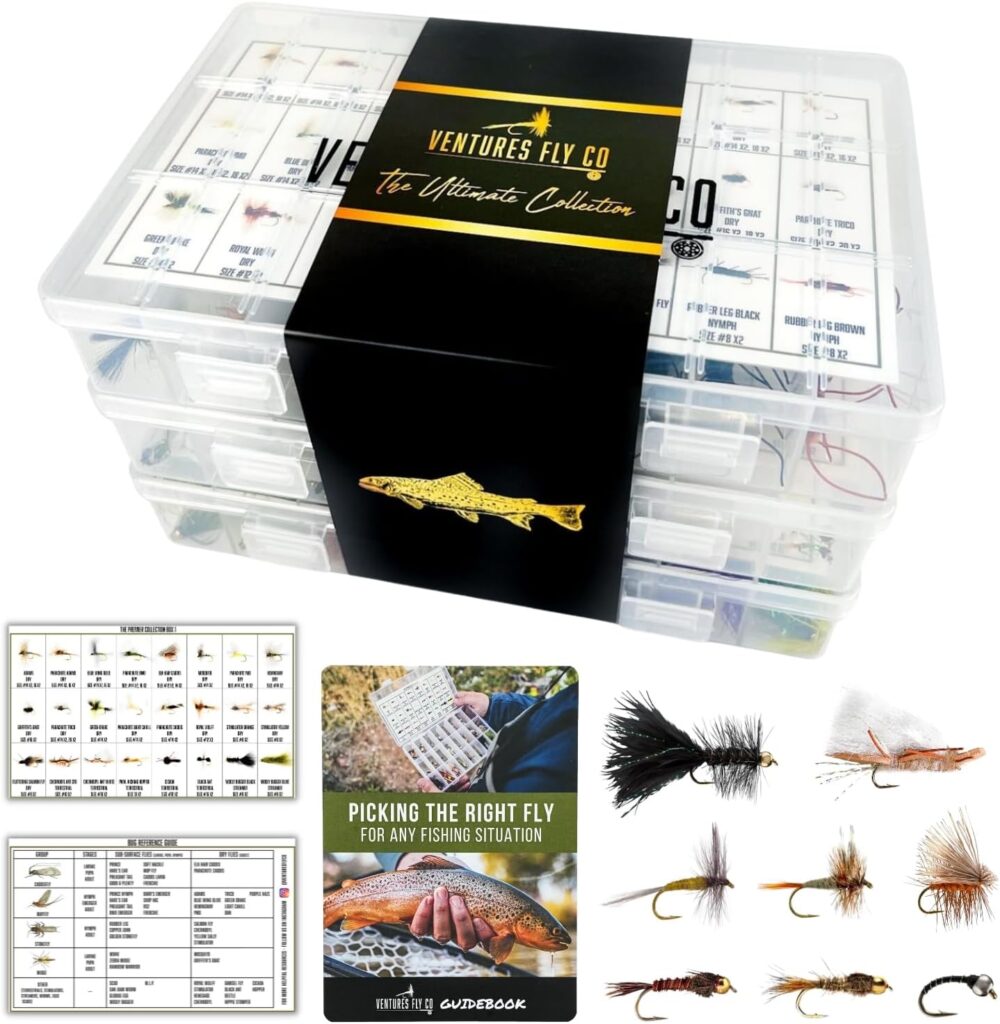
Mastering The Foundational Elements Of Fly Casting Techniques
Fly fishing is a beautiful and graceful art form that requires precision, skill, and technique to master. Central to this craft is fly casting, the fundamental skill that enables anglers to present their fly to fish effectively. However, learning to cast can also be challenging for beginners.
There are a variety of techniques and styles that can seem overwhelming at first, but mastering the foundational elements of fly casting can set you on the path to becoming a proficient fly fisher. In this post, we will guide you through the essential elements of fly casting, and provide you with the techniques needed to start your fly fishing journey.
The Essentials Of Fly Casting: A Beginner’S Guide
Fly casting involves the use of a lightweight line, a long rod, and a small, lightweight fly that is presented to a fish. To cast effectively, you need to understand the mechanics of the fly rod and master several techniques.
Below are the essential components of fly casting that every beginner needs to know:
- Grip: Choosing the right grip for your hand size is essential to casting effectively. The most common grip is the thumb-on-top grip, where your thumb is on top of the rod handle, and the other four fingers wrap around the handle. Also, make sure that you hold the rod lightly to allow for a free and fluid motion.
- Stance: You should stand shoulder-width apart with your non-casting shoulder facing towards your target. Keep your weight balanced over both feet and avoid leaning too far forward or backward.
- Back cast: The back cast is critical to fly casting. It is essential to learn how to make a smooth and controlled back cast, so that the line is loaded on the rod and you have enough energy to deliver the forward cast.
- Forward cast: The forward cast completes the casting motion. The goal is to flick the line forward, so it lands on the water as gently as possible.
- Timing: Timing is essential to proper technique. Learning to pause briefly during the back cast allows the rod to load, giving you the power and control for the forward cast.
Practicing these essential elements will set you on the path to becoming a proficient fly caster.
Practicing The Fundamental Techniques
Now that you have a basic understanding of the essentials of fly casting, it’s important to practice and refine your skills. Here are some fundamental techniques that can help you improve:
- False casting: False casting involves making multiple back-and-forth motions without releasing the line. This technique lets you control the distance and direction of your cast before you deliver the fly.
- Shooting line: Shooting line allows you to extend the distance of your cast. To do this, release a small amount of line during the back cast, then shoot the line forward during the forward cast.
- Loop control: Loop control refers to the size and shape of the loops produced during your cast. A tight loop is more efficient, while a wide loop can help you cast larger flies.
- Hauling: Hauling is used to increase line speed and distance. It involves pulling on the line with your non-casting hand during specific moments in the cast.
Remember, fly casting is a skill that requires patience, practice, and dedication. By mastering the foundational elements and practicing fundamental techniques, you will be well on your way to becoming a proficient fly caster.
Mastering Advanced Fly Casting Techniques
Beginnings are always hard, but as a beginner, you will learn to love fly fishing and the artful casting of a fly. It takes dedication and patience to achieve the perfect cast, but once you do, it becomes muscle memory.
Perfecting The Fly Casting Technique: Tips And Secrets From The Pros
- Grip: Always use the correct grip, with your thumb on top of the rod, and your four fingers wrapped around the grip. It gives you more control over the cast.
- Wrist movement: Keep your wrist tight and close to your forearm. Do not flick your wrist when you cast; it can ruin the accuracy of the cast. A slight flick of the wrist rather than a snap will provide better accuracy.
- Timing: Timing is everything when it comes to fly casting and is the most crucial element. It would be best if you waited until the line is fully extended before casting again. Patience is key.
- Rhythm: Like music, fly casting has a rhythm, and it’s important to find it to get the most out of your cast. Once you’ve found it, keep it consistent throughout your casting.
- Practice: The more you practice, the better you will become at casting. If you set aside time to practice your casting, you will gradually become more confident and better at it.
Casting In Different Weather Conditions And Body Of Waters
- Windy conditions: In windy conditions, it’s essential to use sidearm cast or roll cast as the upward and overhead cast will not work. A sidearm cast is casting it to the side of the body rather than overhead.
- Ocean or saltwater: In saltwater, the distance of the cast matters most. As the fish are farther away from the bank, a longer cast is needed to catch them. An extended two handed cast or an anchored cast is recommended.
- Rivers or lakes: In freshwater bodies, a more precise cast is needed rather than distance. A sidearm cast, or an overhead cast work better. However, a sidearm cast should be used when casting to keep the line closer to the ground, making it more challenging to see.
- Rainy weather: In rainy weather, the fish tend to move closer to shore, making it easier to catch them. Use an overhead cast for better accuracy and better visibility of the line.
That’s all for the advanced fly casting techniques. Remember that with dedication, patience, and practice, anyone can master the art of fly casting! Happy fishing!
Conclusion
Mastering the fly casting techniques discussed in this beginner’s guide takes time, patience, and practice. However, the rewards of successfully casting your line and attracting your catch make the effort worth it. Remember to focus on the fundamentals, such as maintaining a good grip and a relaxed stance, and gradually progressing to more advanced techniques.
As with any skill, practice is key, so make sure to frequently practice your casting skills in a variety of conditions. Use the correct equipment and take care of it to ensure your casting success. With time and dedication, you’ll be well on your way to becoming an expert fly fisherman.
Above all, never forget the joy and tranquility that fishing brings, and the peace that comes from spending time in nature. Happy casting!

